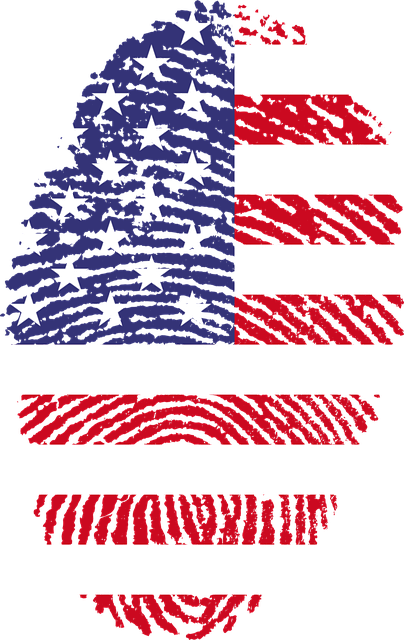 Over the last couple of days, various news outlets have reported that there's been a significant increase in the request of mobile phone passwords when entering the United States, even for those who are natural-born US citizens. A few days ago, the Electronic Frontier Foundation posted "Digital Privacy at the U.S. Border: Protecting the Data On Your Devices and In the Cloud" which I recommend if you're concerned about this kind of issue.
Over the last couple of days, various news outlets have reported that there's been a significant increase in the request of mobile phone passwords when entering the United States, even for those who are natural-born US citizens. A few days ago, the Electronic Frontier Foundation posted "Digital Privacy at the U.S. Border: Protecting the Data On Your Devices and In the Cloud" which I recommend if you're concerned about this kind of issue.
Here are a few specific tips for iPhone users (which is what I use, so sorry, no Android tips here) for protecting your device's data at the US border or when going through Customs.
If you're an iPhone user and do not wish to have your phone searched (I assume on grounds of principle and not because you'd have anything that would actually incriminate you for something illegal), make certain you take a few precautions at any border crossing or going through Customs.
Assuming you've bought your iPhone in the last three years, it is already encrypted. Thank you, Apple. However, your data is only as good as your Passcode.
1. A Passcode should be required anytime your iPhone is accessed. If yours is not set to to ask for the Passcode, go to Settings: Touch ID & Passcode: Require Passcode: Immediately.
2. Your Passcode should be a minimum of 6 characters, and last year "experts" were saying 11 characters was the ideal length (they're saying 12 or more now). Regardless of the length, it should not be something that would be easily guessed if someone knows you. If your Passcode is the year you were born, married, graduated, etc., change it now. Settings: Touch ID & Passcode: Change Passcode.
3. Your iPhone has a failed Passcode "self-destruct" feature that you may not know about. After 10 incorrect Passcode tries, it will erase all data--but you have to turn on this feature. To do so, go to Settings: Touch ID & Passcode: Erase Data.
4. If you use your fingerprint to unlock your iPhone, be certain to completely turn off/shut down your device before going through Customs or a border crossing. A shutdown requires a Passcode to be entered, so you can't be forced to use your fingerprint against your will.
Always be polite and respectful, but realize that if you do not comply with requests, you may not get your iPhone back.
Fingerprint image courtesy of Pixabay.com.